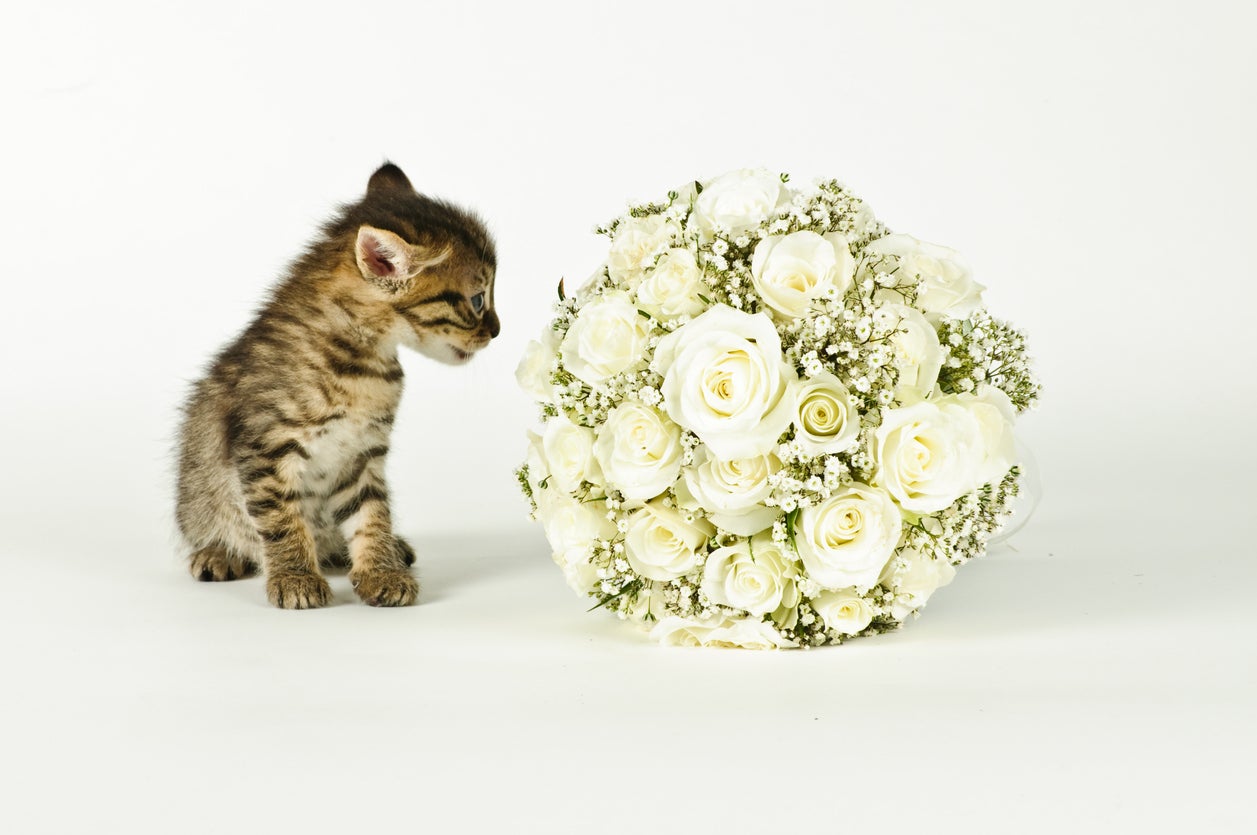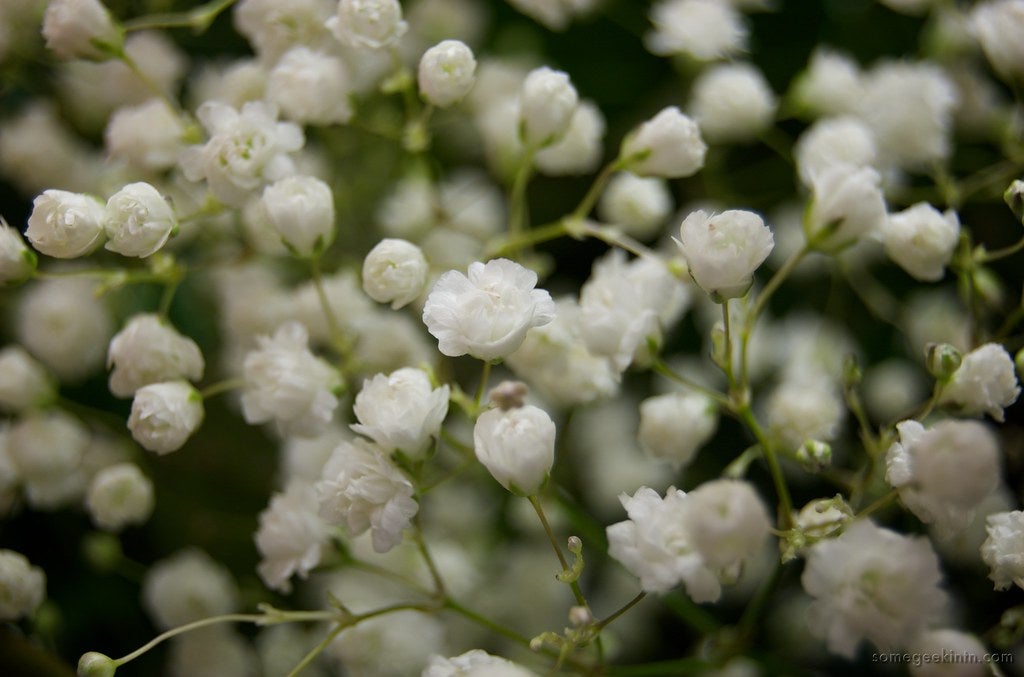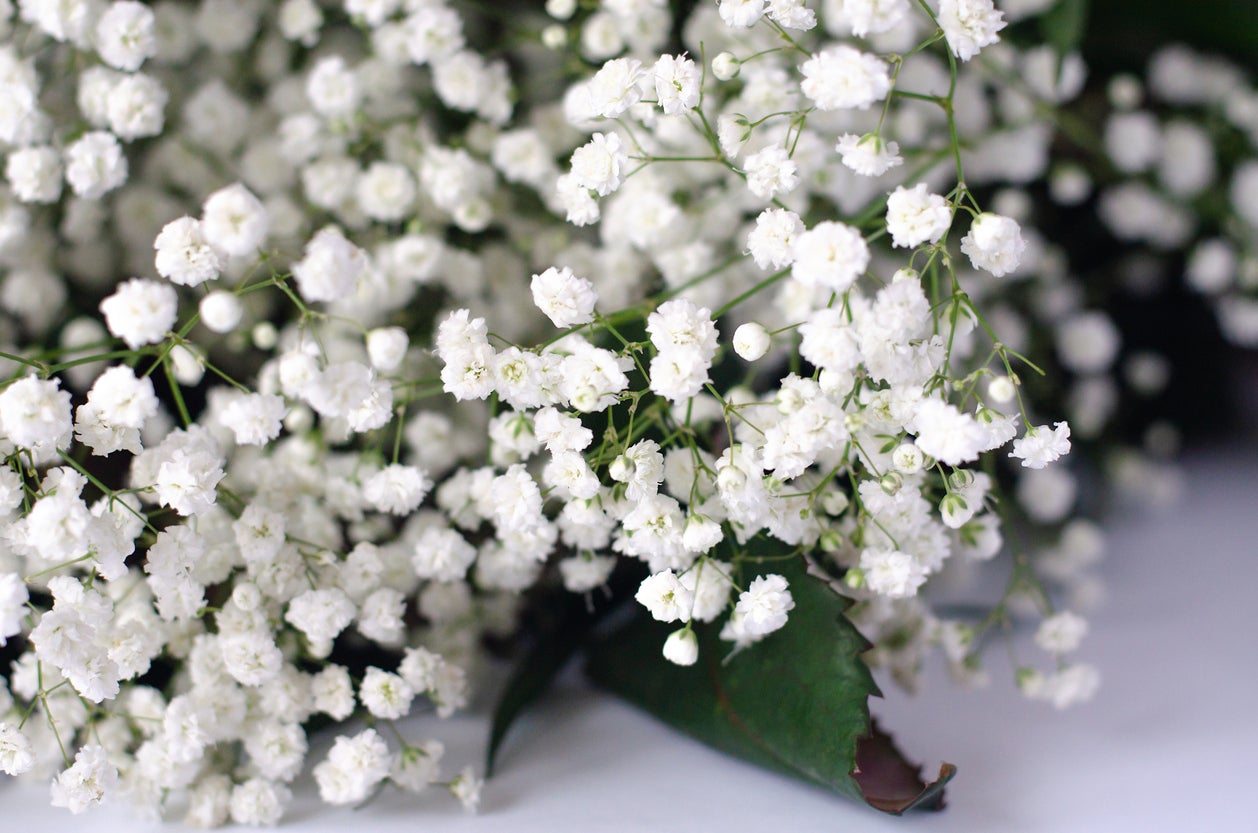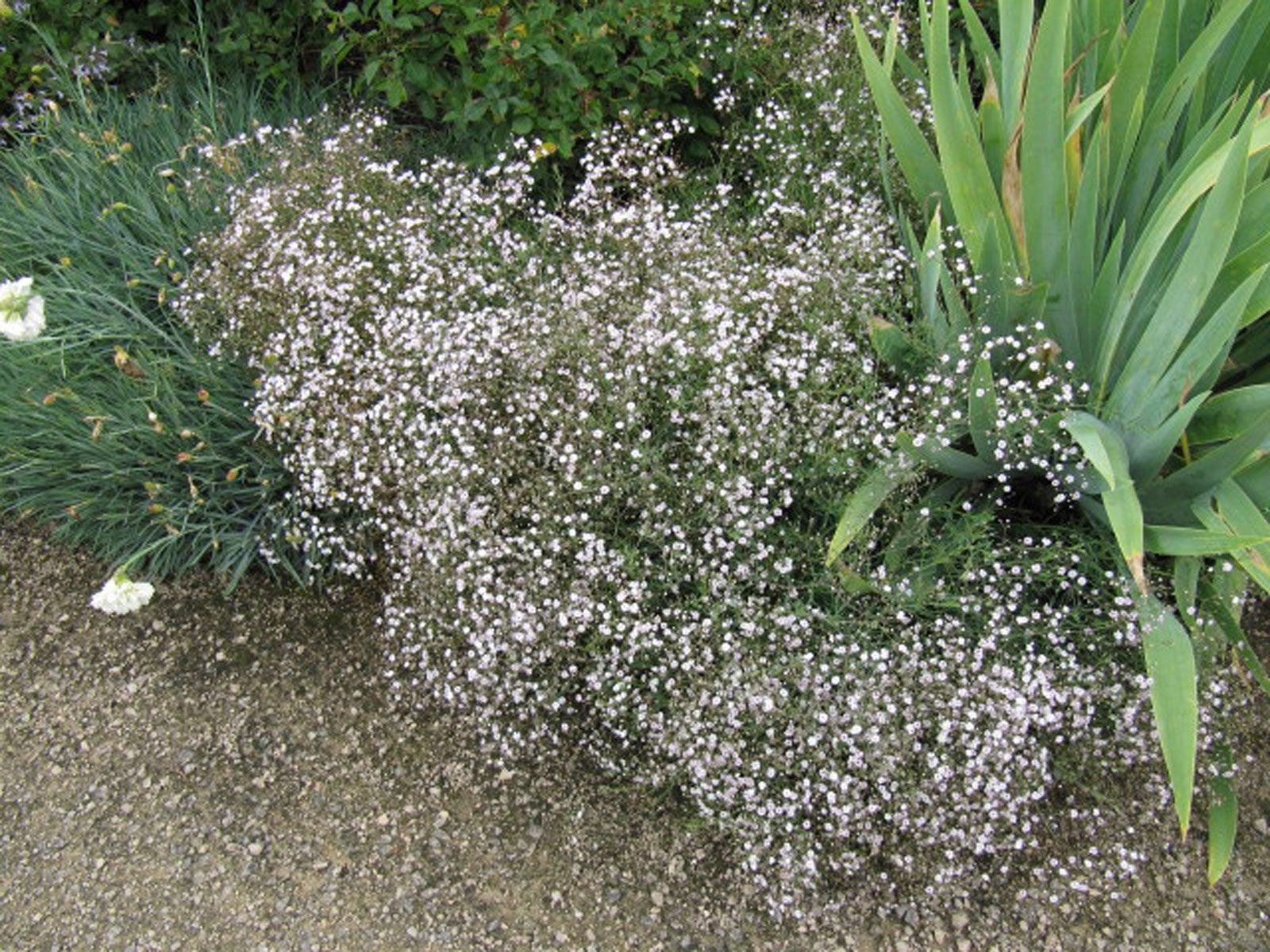Growing Baby’s Breath From Cuttings: How To Root Gypsophila Cuttings


Baby’s breath (Gypsophila) is the star of the cutting garden, providing delicate little blooms that dress up floral arrangements (and your garden), from midsummer to autumn. You are probably most familiar with white baby’s breath, but various shades of rosy pink are also available. If you have access to a mature baby’s breath plant, growing cuttings from baby’s breath is surprisingly easy in USDA plant hardiness zones 3 through 9. Let’s learn how to grow baby’s breath from cuttings, one step at a time.
Baby’s Breath Cutting Propagation
Fill a container with good quality commercial potting mix. Water well and set the pot aside to drain until the potting mix is moist but not dripping.
Taking Gypsophila cuttings is simple. Select several healthy baby’s breath stems. Cuttings from baby’s breath should each be about 3 to 5 inches (8-13 cm.) in length. You can plant several stems, but be sure they aren’t touching.
Dip the cut end of the stems into rooting hormone, then plant the stems in the moist potting mix with about 2 inches (5 cm.) of stem above the soil. (Before planting, remove any leaves that will be under the soil or touching the soil).
Place the pot in a clear plastic bag to create a warm, humid environment for the baby’s breath cuttings. Place the pot in a warm spot where the Gypsophila cuttings aren’t exposed to bright sunlight. The top of a refrigerator or other warm appliance works well.
Check the pot regularly and water lightly if the potting mix feels dry. Very little water will be needed when the pot is covered with plastic.
After about a month, check for roots by tugging lightly on the cuttings. If you feel resistance to your tug, the cuttings have rooted and each can be moved into an individual pot. Remove the plastic at this time.
Gardening tips, videos, info and more delivered right to your inbox!
Sign up for the Gardening Know How newsletter today and receive a free copy of our e-book "How to Grow Delicious Tomatoes".
Continue to care for the baby’s breath cuttings until they’re large enough to grow outside. Be sure any risk of frost has passed.

A Credentialed Garden Writer, Mary H. Dyer was with Gardening Know How in the very beginning, publishing articles as early as 2007.
-
 Moody Blooms For Spring: 8 Types Of Black Flowers To Add Drama To Spring Displays
Moody Blooms For Spring: 8 Types Of Black Flowers To Add Drama To Spring DisplaysFrom midnight burgundies to inky violets, several types of black flowers can enrich and embolden a spring display. Try these brooding bloomers for a moody garden
By Tonya Barnett
-
 Can Snake Plants Live Outside? Everything You Need To Know For Snake Plants Al Fresco
Can Snake Plants Live Outside? Everything You Need To Know For Snake Plants Al FrescoSnake plants can live outside given the right conditions, but be careful that they don't take over! Learn the best way to use snake plants in your landscape.
By Mary Ellen Ellis
-
 Is Baby’s Breath Bad For Cats: Information About Gypsophila Poisoning In Cats
Is Baby’s Breath Bad For Cats: Information About Gypsophila Poisoning In CatsIf you are the lucky recipient of a bouquet and have a cat, your feline friend may harbor a particular fascination with the baby’s breath. After all, plants are fun for cats, which beckons the question: is baby’s breath bad for cats? Click this article to learn more.
By Amy Grant
-
 Sowing Baby’s Breath Seeds: Learn How To Plant Gypsophila Seeds
Sowing Baby’s Breath Seeds: Learn How To Plant Gypsophila SeedsGrowing baby's breath from seed will result in clouds of the delicate blooms within a year. This perennial plant is easy to grow and low maintenance. Click this article for more tips on how to plant Gypsophila, or baby's breath, from seed.
By Bonnie L. Grant
-
 Baby’s Breath Winter Care: Information About Winterizing Baby’s Breath Plants
Baby’s Breath Winter Care: Information About Winterizing Baby’s Breath PlantsBaby’s breath is a staple of cut flower bouquets. You can grow these flowers in your garden with an annual or a perennial variety. Depending on the climate, you may need to take some extra steps to ensure survival over the winter. This article will help with that.
By Mary Ellen Ellis
-
 Baby’s Breath Issues – How To Deal With Common Gypsophila Problems
Baby’s Breath Issues – How To Deal With Common Gypsophila ProblemsBaby's breath is best known for adding a little magic to floral arrangements. If you are thinking of planting these flowers in your backyard, you will want to learn about common problems with baby’s breath plants. Click here for common Gypsophila problems.
By Teo Spengler
-
 Baby’s Breath Varieties: Learn About Different Types Of Gypsophila Plants
Baby’s Breath Varieties: Learn About Different Types Of Gypsophila PlantsBaby’s breath flowers provide an airy look to floral arrangements but can also be just as pretty used in a border or rock garden. It is one of several types of Gypsophila. Click here to learn about different baby’s breath varieties for the garden.
By Mary H. Dyer
-
 Trimming Baby’s Breath – Learn How To Prune Baby’s Breath Plants
Trimming Baby’s Breath – Learn How To Prune Baby’s Breath PlantsYou can grow baby’s breath as an annual or a perennial, depending on the variety chosen. Care is fairly easy, but a little Gypsophila pruning will help your plants grow healthier and bloom more. This article will help get you started with baby’s breath pruning.
By Mary Ellen Ellis
-
 Baby’s Breath Skin Irritation: Is Baby’s Breath Irritating When Handled
Baby’s Breath Skin Irritation: Is Baby’s Breath Irritating When HandledBaby’s breath is commonly found naturalized throughout much of the northern United States and Canada and often identified as an invasive weed. Despite the innocuous look of these sweet soft blooms, baby’s breath harbors a little secret. Learn more in this article.
By Amy Grant
-
 Baby’s Breath Propagation: Learn About Propagating Baby’s Breath Plants
Baby’s Breath Propagation: Learn About Propagating Baby’s Breath PlantsBaby’s breath is a small, delicate bloom included as a finishing touch in many bouquets and flower arrangements. They look great in outside flower beds, too. Starting a new baby’s breath from existing plants is a great way to get more. Click here to learn how.
By Becca Badgett